Steemit Learning Challenge-S21W5; “Plantar Fasciitis"
Thank you for another week of eye opening lecture. Here’s my homework answers.
What's Plantar Fasciitis? Write in your own words after getting knowledge from the lesson post. |
|---|
Plantar fasciitis is a condition that arises when the plantar via is inflamed or damaged. The plantar fascia is the the tissue that runs like a band on the foot bottom and connects to the bones of the heels and to the toes.
Plantar fasciitis occurs both in male and females even though is mostly common in females to the how long they stand when they are doing house chores.
Causes of Plantar fasciitis
The factors that cause a plantar fasciitis are;
- When reoccurring pressure is out on the plantar fascia
- Wear and tear that os related to age mostly seen in patients with osteoarthritis
- Patients who are over or are obesed
- Diseases like diabetes or arthritis can also cause plants fasciitis
Symptoms of Plantar fasciitis
There are several symptoms that are associated with plantar fasciitis and they include:
- pains on the heel
- Pain on the foot arch
- Pain of stiffness in the mornings or after resting
- Having increased pain when there’s increment in activities
- Having difficulty when walking or is standing for long
- The foot bottom swells
Types of plantar fasciitis
There are different kinds of plantar fasciitis but depending on the duration of the the plantar fasciitis, it’s categorized into 2:
- When it occurred less than a month and there’s the presence of sudden inflammation and pains, it’s known as acute plantar fasciitis
- When it had lasted more than a month and with pain and inflammation, it’s called chronic plantar fasciitis
How would you diagnose a plantar fasciitis? Any clinical investigation or assessment tests? |
|---|
Diagnosis for plantar fasciitis
Plantar fasciitis can be diagnosed in different ways:
X-ray: Imaging tests are taken through X-rays to see if there’s bone over growth.
MRI: MRI test is used to check out the affected muscles or ligaments
Physical examinations and the medical history of the patient is also taken into cognizance for the patients diagnosis.
Special tests and physical intervention therapy
Some special tests are taken in physiotherapy in order to confirm plantar fasciitis diagnosis.
These tests includes; ankle dorsiflexion test which is used to access the mobility of the ankle joint.
There’s the great tor extension test which is used to check the mobility of the great tor and the heel area of assessed for inflammation and pain through palpating.
Physical therapy can be carried out ranging from weeks to months to subside symptoms and regain normal use of foot function.
This is possible through exercises but that’s after the main cause of the plantar fasciitis has been diagnosed
Try to practice at least 3 exercises that you have learned from the lesson. Share images, gifs or videos while practising. |
|---|
Frozen bottle rolling
I put the frozen bottle on the floor for stability and roll my feet on it. This ice therapy helps to reduce the redness and inflammation on the heel region.
Heel raises
I push myself up on my toes towards the ceiling and stand on my toes for about 10seconds and relax the legs and repeat. This helps in strengthening the muscles of the calf’s, in stretching the muscles under the foot some and also improve heel pain.
Toe curls
I put my feel today on the ground and curl my toes inwards and hold for 10 seconds and straighten the toes up and repeat. This helps to improve the expansion of the lungs, reduce effort in breathing, bled us to relax and improves our sleep pattern.
Share your review after performing these exercises either on yourself, healthy individual or patient. |
|---|
My sole of my feet felt better and the pain I’ve been feeling was a bit relieved especially after the frozen bottle rolling. I had a busy day and O came back and applied these remedy to the sole of my feet and it was relieving.
I would continue applying it whenever I feel pained on my heel or feet sole.
Thank you for reading through. I ask @rutjoe, @ninapeda and @jovit30 to participate in this learning challenge.
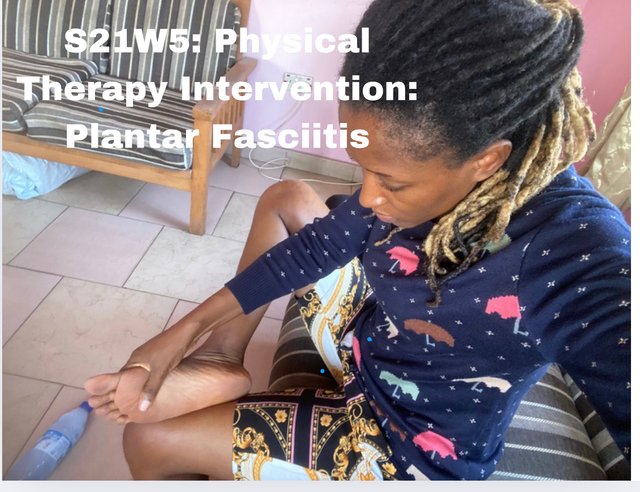
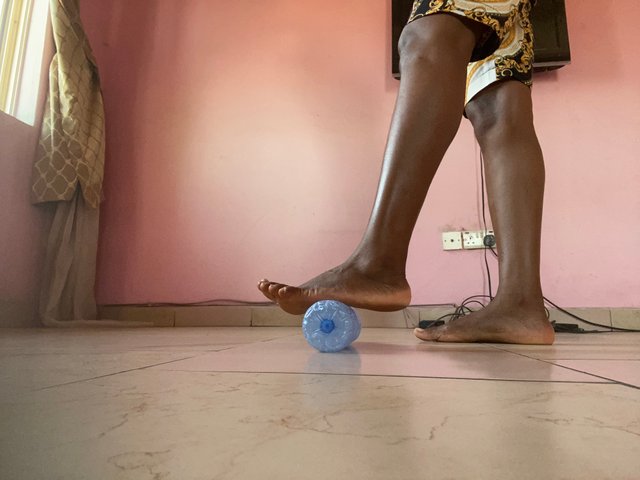
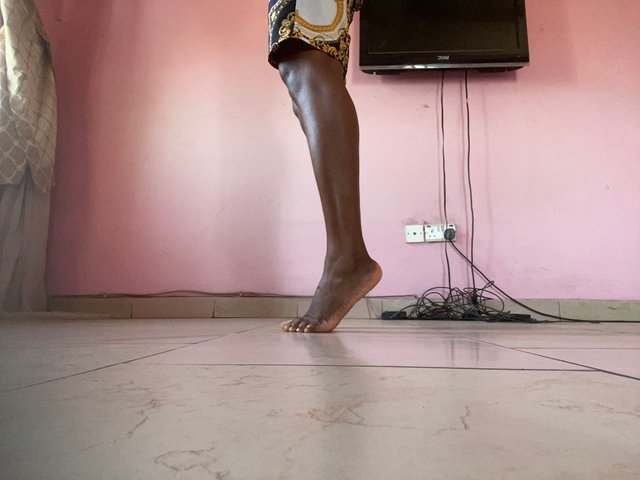
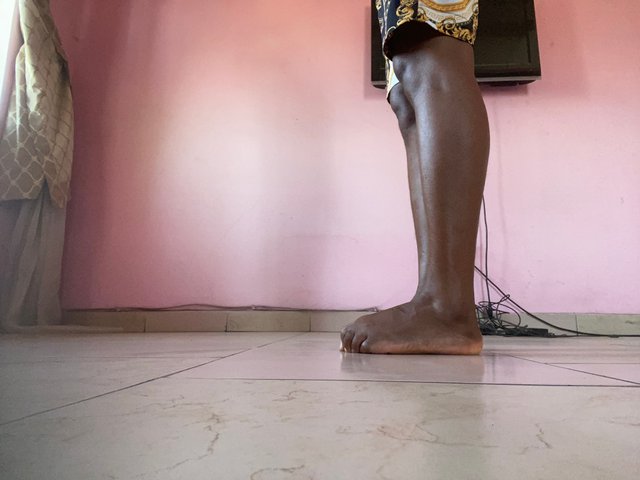
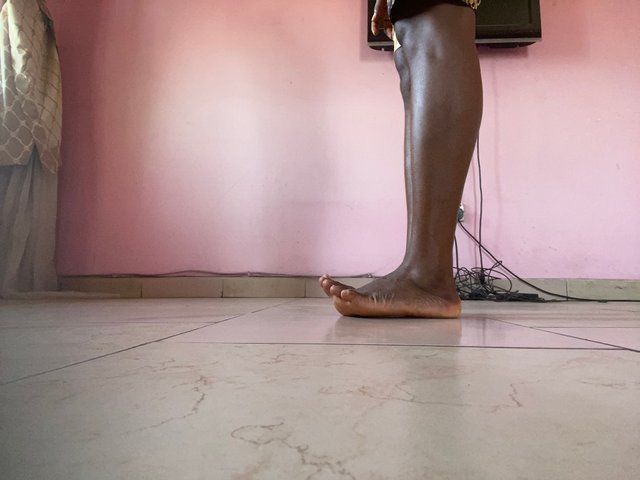
Your analysis and list of tests are very constructive. The post is very informative. Good luck for the contest.
Thank you for understanding the lesson and sharing your assignment; I hope that you will enjoy this week's lesson and try to implement it in your life if you see any such case.
Observations
Task 1 (2.9/3)
You have shared a great knowledge about plantar fasciitis, it's symptoms, causes, and it's types. It would be better to re-read your post before publishing as you write inflamed via not fascia. I appreciate your effort.
Task 2 (2.9/3)
In the second question, you tell us about how you have to assess a patient by doing physical examination and history taking, performing investigations and specialized tests. It would be better if you investigation test ultrasound as it's also important in assessment. Excellent.
Task 3 (3.8/4)
You try the toe curls, bottle rolling and heel raise. You did the toes and heel raise correctly. But in bottle rolling, it would be better to roll bottle on all sole of the foot not on a specific region. Always remember to cold therapy & rest is the best therapy in the treatment of plantar fasciitis. I appreciate your efforts.
Overall you made a great attempt to answer all the questions. I appreciate your efforts. But next time try to avoid the above written suggestions. Keep learning and try to implement your knowledge to the people suffering from plantar fasciitis or any type of heel pain. Thank you.